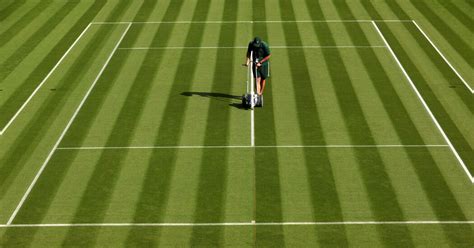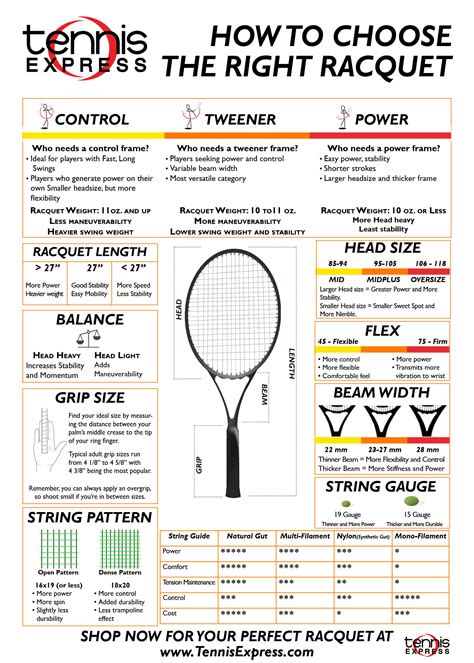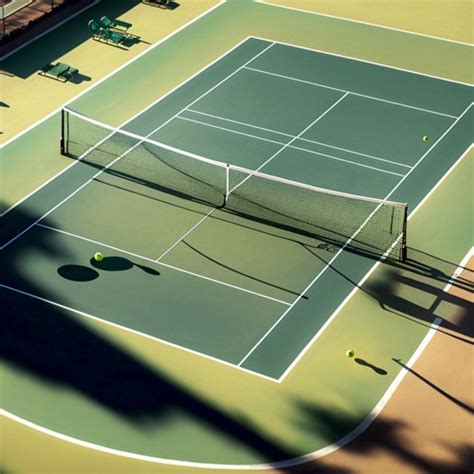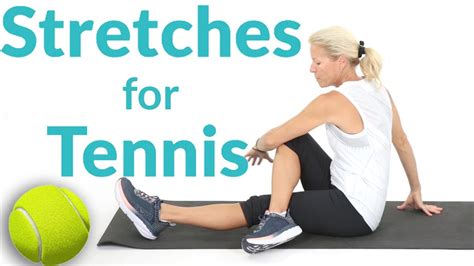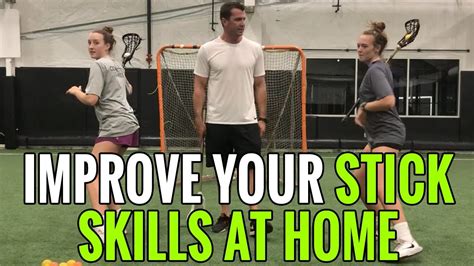Discover essential insights into mastering grass court tennis, including preparation, strategy, and technique adjustments for improved performance on this unique surface.Exploring The Challenge Of Playing On Grass Courts
Grass courts have long been celebrated as a prestigious playing surface in the world of tennis, offering a unique blend of excitement and challenge. However, they come with their own set of difficulties that can challenge even the most seasoned players. In this article, we will delve deep into the distinctive challenges presented by grass courts, highlighting the skills and strategies required to excel. From the importance of physical preparation to adjusting your tennis techniques specifically for this slippery surface, we’ll provide you with valuable insights and practical advice. Additionally, we’ll explore the numerous benefits of playing on grass courts, and answer some frequently asked questions that players often have about this fascinating surface. Join us as we uncover everything you need to know to master the art of playing on grass!
Understanding The Unique Challenges Of Grass Courts
Grass courts present a distinct set of challenges for players, requiring a specific approach to both technique and strategy. Unlike clay or hard courts, grass surfaces can influence the game in various ways, primarily due to their natural composition and characteristics.
One of the primary challenges associated with grass courts is the unpredictable nature of the bounce. The surface allows the ball to skid lower and faster compared to more consistent surfaces, which can disrupt a player’s timing and rhythm. Players need to adjust their footwork and positioning to accommodate for this variability, making it essential to stay light on their feet and prepared for sudden changes in ball trajectory.
Another factor is the need for rapid adaptation to the speed of play. Grass courts tend to reward aggressive, serve-and-volley styles due to the quicker points that result from lower bounces. Thus, players who rely heavily on baseline rallies may find it difficult to adapt. Spending time practicing net play and refining volleying skills can significantly benefit those transitioning to grass.
Weather conditions also play an integral role in the challenges posed by grass courts. Rain can delay matches and affect surface conditions, leading to wet, slippery grass, which compromises both footing and shot execution. Furthermore, even after a light rain, the grass may remain damp, altering how the ball behaves off the surface.
The maintenance of grass courts can lead to variations over the course of a tournament. A newly mowed court will play differently than one that has seen multiple matches. This inconsistency makes it vital for players to stay adaptable and observant, adjusting their strategies based on the court’s condition.
exploring the unique challenges presented by grass courts requires a mindset geared towards flexibility and a willingness to develop new skills. Understanding these aspects can better prepare players for success on this classic surface.
Preparing Physically For Grass Court Matches
When it comes to preparing for grass court matches, players need to condition their bodies to handle the unique demands of this surface. Grass courts can be unpredictable due to their softer surface and the way the ball interacts with the ground. That’s why a tailored physical preparation regime is essential for athletes looking to excel on these courts.
Here are some key components of physical preparation:
- Strength Training: Focus on exercises that build leg strength, as powerful legs are crucial for explosive movement on grass. Incorporate squats, lunges, and leg presses to enhance your lower body strength.
- Footwork Drills: Since grass courts can be slippery, it’s vital to practice footwork drills that improve agility and balance. Incorporate ladder drills and cone exercises to enhance quick directional changes.
- Endurance Training: Develop cardiovascular endurance through activities like jogging, cycling, or interval training. Being fit not only helps maintain energy levels during matches but also aids recovery.
- Stretching and Flexibility: Implement a routine that includes both dynamic and static stretching. Highlighting flexibility will aid in injury prevention and enhance your range of motion on the court.
- Footwear Considerations: Use appropriate shoes designed specifically for grass court play. These shoes typically have specialized grip patterns that provide better traction on soft surfaces.
As you prepare physically, always keep in mind that exploring the nuances of your training can directly translate into improved performance on grass courts. Tailoring your preparation to include these components will position you for success as you take on the unique challenge of playing on grass.
Strategies To Improve Your Grass Court Game
Playing on grass courts presents unique challenges, but with the right strategies, you can enhance your performance and enjoy the game even more. Here are several effective approaches to improve your grass court game:
- Adapt Your Footwork: Grass courts can be slippery, so focus on improving your footwork. Work on quick, small steps to maintain balance and positioning. Practicing lateral movements will also help you respond to unpredictable bounces.
- Develop a Strong Serve: On grass, a powerful and accurate serve can be a game-changer. Practicing placement and spin will allow you to exploit the fast surface, making it difficult for your opponent to return your serve effectively.
- Utilize Slice Shots: Slicing the ball can create low bounces on grass that disrupt your opponent’s rhythm. Incorporate more slice shots into your practice sessions to develop this aspect of your game.
- Focus on Net Play: Grass courts favor serve-and-volley tactics. Work on your volleys and movement to the net, as transitioning quickly can put pressure on your opponent and often lead to winning points.
- Practice Regularly on Grass: Familiarize yourself with the surface by training regularly on grass courts. This practice will improve your comfort level and help you adjust your game style to suit the unique characteristics of the surface.
- Watch and Learn from the Pros: Observe professional players who excel on grass, like Roger Federer or Serena Williams. Analyzing their techniques, footwork, and strategies during matches can provide valuable insights that you can apply to your own game.
By implementing these strategies, you’ll be well on your way to exploring the intricacies of grass court tennis and improving your overall gameplay. Remember that consistent practice and adaptability are key components in mastering this unique playing surface.
Adjusting Tennis Techniques For Grass Surfaces
Playing on grass courts requires players to adapt their tennis techniques due to the unique characteristics of the surface. Here are some essential adjustments to enhance performance:
By implementing these adjustments, you can significantly enhance your game on grass courts while embracing the exploring the intricacies of this surface. This adaptability is key to mastering the challenges that grass presents and excelling in matches played on it.
Exploring The Benefits Of Grass Court Play
Grass courts offer a unique playing experience that differs significantly from other surfaces like clay and hard courts. Here are some of the key benefits of playing on grass:
| Benefit | Description |
|---|---|
| Faster Game Pace | The natural grass surface allows for a quicker ball bounce, promoting faster rallies and dynamic gameplay. |
| Reduced Impact | Grass is a softer surface compared to hard courts, reducing the risk of injury and providing more comfort during play. |
| Unique Playing Style | The grass surface encourages a variety of shots and techniques, promoting versatility and creativity in a player’s game. |
| Natural Environment | Playing on natural grass can enhance the overall experience, offering a refreshing atmosphere and aesthetic appeal. |
Moreover, grass courts have a long tradition in the sport of tennis, epitomized by prestigious tournaments like Wimbledon. This historic surface not only enhances players’ skills but also contributes to their understanding of different playing dynamics.
exploring the benefits of grass court play reveals its potential to improve player performance, reduce injury risks, and create an engaging and dynamic playing experience.
Frequently Asked Questions
What are the main differences between grass courts and other types of tennis surfaces?
Grass courts offer a unique playing experience due to their softer surface, which affects ball bounce, speed, and player movement compared to hard courts or clay.
How does playing on grass courts influence a player’s strategy?
Players often adopt a more aggressive approach on grass, focusing on serve-and-volley tactics and quick points, as the grass surface tends to favor faster play.
What are some common challenges players face when transitioning to grass courts?
One challenge includes the adjustment to lower ball bounce and the need for improved agility to navigate the slippery surface, requiring a change in footwork and timing.
Are there specific maintenance practices required for grass courts?
Yes, grass courts require consistent mowing, watering, and careful maintenance to ensure the surface remains even and playable, which can be labor-intensive.
How does weather impact grass court play?
Inclement weather can significantly affect grass courts; rain can make them slippery and unplayable, while sunny conditions may dry out the surface, necessitating quick adjustments by players.
Which players are historically most successful on grass courts?
Players like Roger Federer and Pete Sampras have excelled on grass due to their strong serving and volleying skills, which are crucial for success on this surface.
What advice would you give to beginners playing on grass courts?
Beginners should focus on mastering their footwork, be cautious of the court’s slippery nature, and practice volleying to adapt to the fast-paced nature of grass court play.

